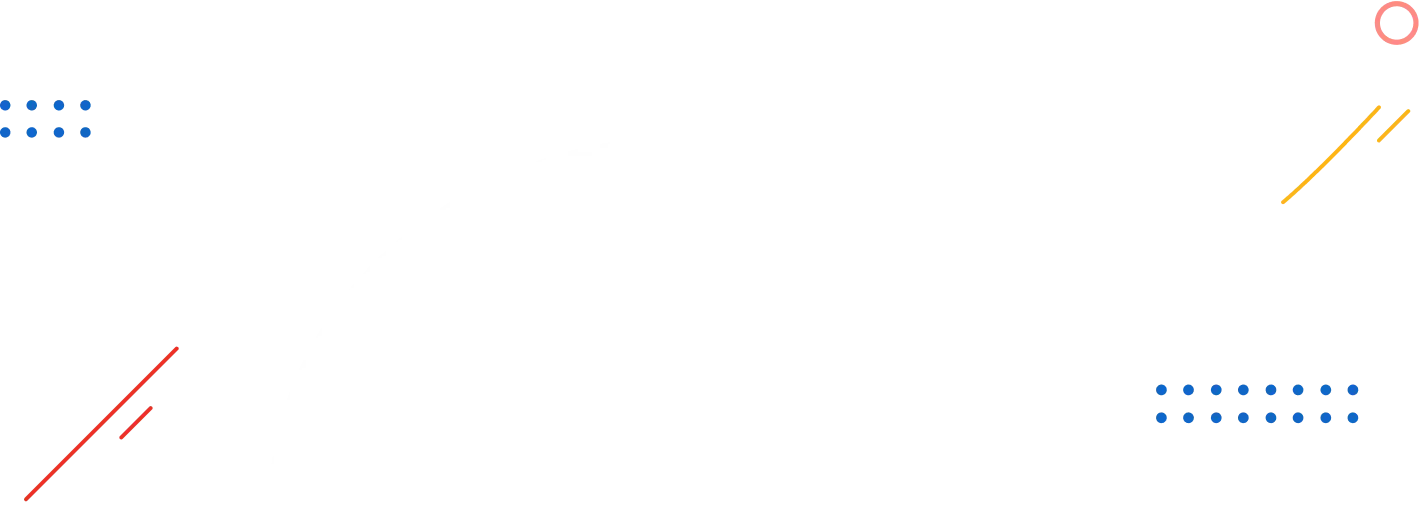
INSIGHT
Two seconds. Too long
Forget the 30-second TV commercial – in an always-connected, touch-screen society, marketing has milliseconds to make an impact on e-commerce.
Digital marketing is increasingly sophisticated, targeted, and optimized – and yet, the Click-Through Rates (CTRs) that measure its success are abysmally low. One data set drawn from Google’s ad network shows that the average CTR of a display advertisement plummeted from 44% in 1994 to just 0.46% in 2018 – an almost 100-times reduction. Factor in the percentage of people who click through but abandon the item in their shopping cart, and the success rate is even lower.
Fractal’s CerebrAl team set out to study the final seconds of decision-making. We found CTRs and cart abandonment a significant use case in this process. We started with two key questions:
1. In the age of fragmented attention, how much time do we have for digital communication to achieve that impact?
2. Can we improve the visual communication – the product tile, display page, or advertisement – so it drives immediate action?
For decades, the 30-second television commercial has set the standard for the ideal advert duration. But today, on average, users spend more than three hours a day on their smartphones, during which they tap, swipe, and click their screens more than 2,600 times. Since every touch changes the screen, each piece of content spends a mere 4.3 seconds in front of the user.
During that time, the brain goes through several microprocesses. First, it evaluates the image and decides whether to approach or avoid it. Next, it analyzes the image in light of past experiences to decide whether it likes the object, brand, or product shown. Then, suppose the brain associates the product with emotional rewards. In that case, it moves from “liking” to “wanting” it – and ultimately to clicking through. When we looked at how the brain processes visual content for routinely purchased grocery products, it was found that only 0.92 seconds are taken.
So, forget about the 30-second commercial – today, even two seconds is too long. Today, micro-commercials are needed to create that crucial impact in less than a second.
Next, we looked at what organizations can do to ensure their marketing – in this case, a product tile – stimulates those micro-processes.
We drew on research across different fields, from addiction to the animal kingdom. Among animals, for example, females selecting a mate tend to choose high-ranking males that can protect their offspring – for a brand, this translates to core category need. They also typically select a mate from outside the group to keep the genetic pool diverse – equivalent to the brand fitness indicator that gives a brand a distinct occupancy in the consumer’s mind. And females also favor male “friends” that have groomed them and been kind to their offspring – which translates to past experience with a brand or product and the emotional highs and rewards that trigger consumers to purchase it.
From this research, we identified three key elements to include in the product tile, which loosely correspond with the brain’s decision-making processes:
1. Category need -> approach
2. Brand fitness indicator -> liking
3. Emotional high -> wanting
Here is how it could work.
According to data from Amazon, 69% of people start their product search at the category level – they need a soft drink to quench their thirst, for instance. A simple image of the product coated with water droplets can suggest that the need will be met, encouraging the thirsty customer to approach.
Past experience using the brand plays a powerful role in whether the consumer likes the product. For instance, their flavor preferences and values can influence the brand’s place in their mind.
Between “liking” and “wanting,” there is a gap driven by associating the product with emotional highs and rewards. For instance, a product tile showing a group of friends enjoying their soft drinks can communicate an emotional high that encourages purchase. In addition, highlighting the perception that price reduction is a powerful reward and incentivizes purchase.
But this is only half the story. Once the customer has added the product to their shopping cart, how do we encourage them to complete the purchase? One way could be changing the product’s appearance in the cart to suggest a move from the retail space to the shopper’s personal space, thereby playing up the endowment effect.
For our soft drink, this could be done by using a product tile that:
Shows the soft drink in a refrigerator
Suggests the sensation of reaching out or holding the drink.
We believe this simple move could reduce cart abandonment by a substantial amount.
This is the beginning of a significant shift in marketing that will see organizations creating micro-commercials that can drive viewers to approach, like, and want their products in less than a second. Our neuroscience research continues, and further investigation will discover how different industries can apply this framework.
In-person

As a chief evangelist of Fractal and chairman of FinalMile Consulting, Biju is playing the new game that is emerging at the intersection of human and machine intelligence. He is driven by the belief that the more we understand the inscrutable algorithm in our brains, the better the technology we develop for our machines will be.






